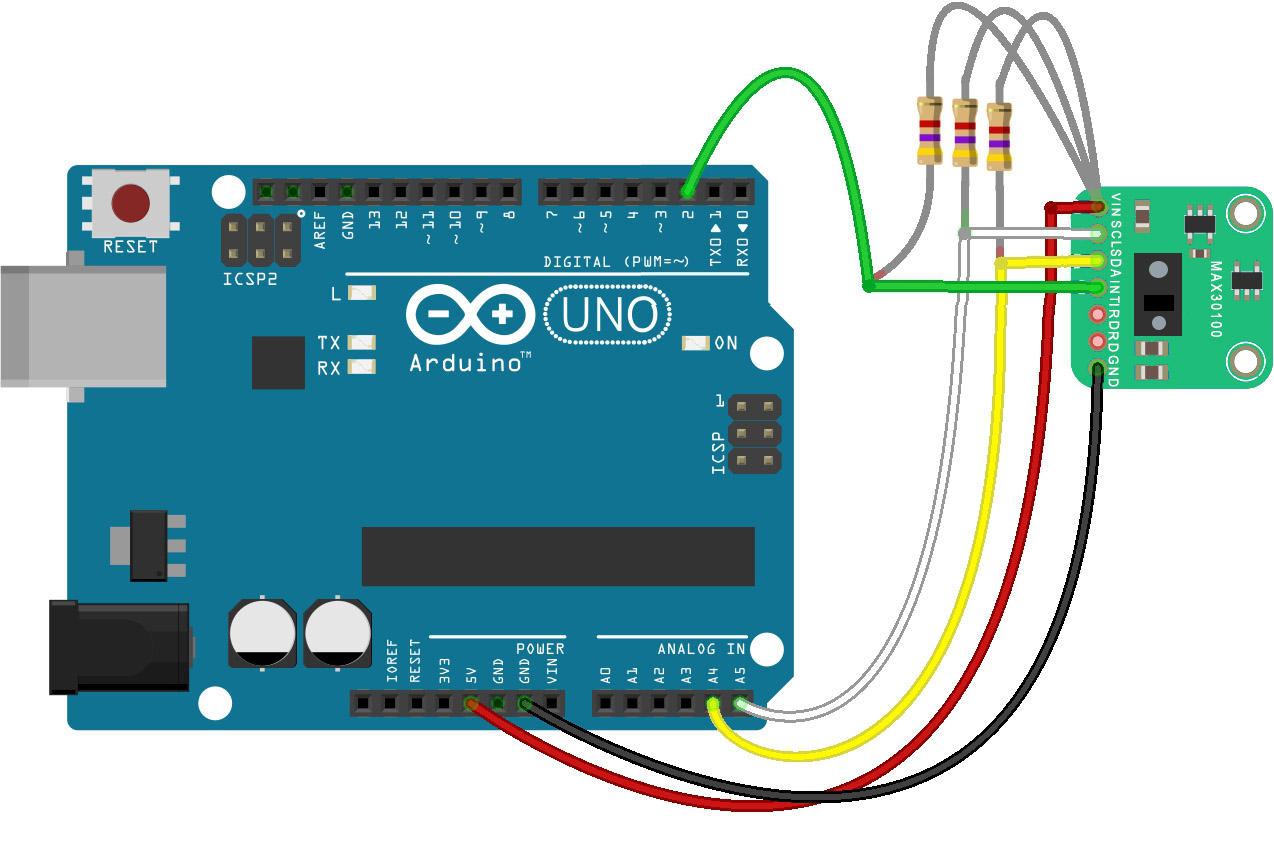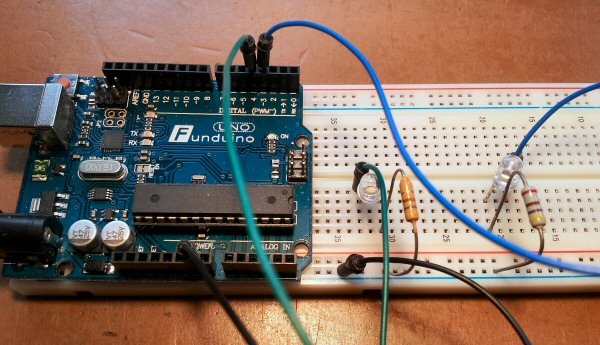

Need Help?Ĭheck the Arduino Forum for questions about the Arduino Language, or how to make your own Projects with Arduino. You can find in the Getting started with the Arduino Micro section all the information you need to configure your board, use the Arduino Software (IDE), and start tinkering with coding and electronics.įrom the Tutorials section you can find examples from libraries and built-in sketches as well other useful information to expand your knowledge of the Arduino hardware and software. If you are looking at upgrading from previous Arduino designs, or if you are just interested in boards with similar functionality, at Arduino you can find:įind inspiration for your projects from our tutorial platform Project Hub. This allows the Micro to appear to a connected computer as a mouse and keyboard, in addition to a virtual (CDC) serial / COM port. The Micro board is similar to the Arduino Leonardo in that the ATmega32U4 has built-in USB communication, eliminating the need for a secondary processor. It has a form factor that enables it to be easily placed on a breadboard. It contains everything needed to support the microcontroller simply connect it to a computer with a micro USB cable to get started.

It has 20 digital input/output pins (of which 7 can be used as PWM outputs and 12 as analog inputs), a 16 MHz crystal oscillator, a micro USB connection, an ICSP header, and a reset button. If anybody knows how to get the Joystick library to get around those limitations, please let me know.The Micro is a microcontroller board based on the ATmega32U4 ( datasheet), developed in conjunction with Adafruit. Not sure how it gets around Windows' (and some games') limitations on number of buttons etc.

I've never used MM2Joy but it intrigues me for getting a HUGE amount of inputs using one controller. I've used a Pro Micro with CD74HC4067 Multiplexers bit easier to wire up than matricies and shift registers but more expensive for pre-done boards. It's really not complicated to write the code so don't let that frighten you. Whether or not you can use 45-degree directions depends on the game, sometimes, so don't rely on all 16 I'd only try for 8. So you'd be running into the 32-button limitation unless you can be creative with using the (technically) 16 HAT "buttons". It has limitations by default that you'd have to find a workaround for: namely that it only technically supports 32 buttons, 2x 8-way HAT, and 7 Axis. I've used the arduino Joystick library for a couple of USB-peripheral projects.


 0 kommentar(er)
0 kommentar(er)
